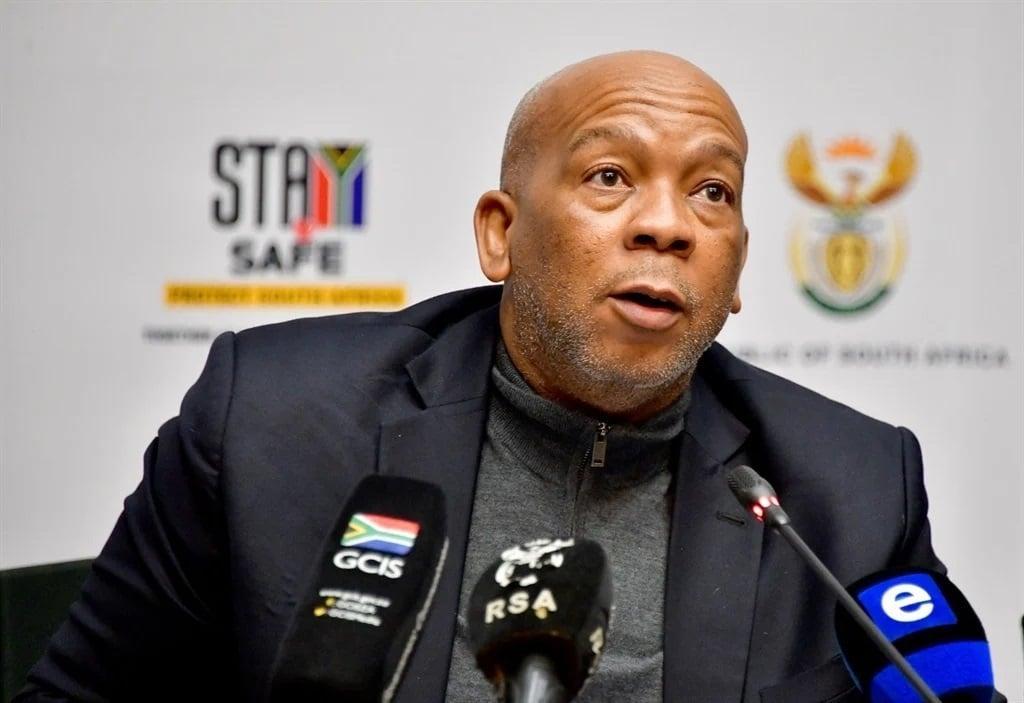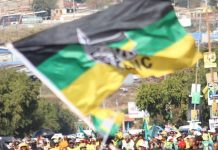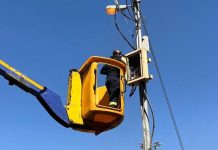Africa-Press – South-Africa. South Africa’s electricity distribution infrastructure is not in good shape, largely due to under-investments by municipalities.
Adding to the problem of failing infrastructure that causes power outages, are illegal connections that cost the poor, businesses and paying customers most, said Electricity Minister Kgosientsho Ramokgopa.
The minister was speaking during his weekly update on the Energy Action Plan aimed at addressing the ongoing energy crisis.
“Distribution infrastructure is not in good shape,” he said. This is due to a combination of challenges faced by both Eskom and municipalities.
But municipalities have significantly under-invested in their infrastructure. An analysis by Infrastructure South Africa shows that municipalities have underspent on the refurbishment, replacement and maintenance of distribution infrastructure to an accumulated amount of R30 billion over more than a decade (from 2011 to 2022).
The infrastructure, such as substations and transformers, fail because they can’t keep up with the demand placed on them, he explained. “That is why we have communities going for a period of weeks without having electricity,” Ramokgopa said. “Communities and industries are not getting the electricity they deserve, the electricity they paid for, due to the failure of infrastructure and municipalities not [being] in a position to replace those assets,” he added.
Ramokgopa said that work was underway with Eskom’s distribution team, as well as the South African Local Government Association, to help address municipalities’ financial challenges that limit their ability to invest in infrastructure.
Another issue is illegal connections – whereby people are consuming power they have not paid for. These illegal connections overburden infrastructure, and that is also increasing the rate of power failures.
Ramokgopa explained that municipalities contract a certain amount of power from Eskom called the Notified Maximum Demand (NMD). Illegal connections are over and above the NMD, and that causes the infrastructure to fail because it can’t support that unaccounted-for demand.
As a result, Eskom needs to implement load reductions in these municipalities.
“The casualties are good-paying residents, the poor registered as indigent users, and the industry not able to produce…,” Ramokgopa said.
Outstanding debt
Ramokgopa said the financial status of municipalities is of huge concern. “‘The financial health of municipalities is very illiquid. Some are insolvent and not raising sufficient revenue to meet their operational activities,” he said,
As it stands, municipalities have mounting debt to Eskom of R63.2 billion. The top 20 municipalities account for 77% of that amount, or R48.9 billion, Ramokgopa lamented.
“The growth of debt for the year-to-date is R4.7 billion.”
This, in turn also impacts Eskom’s ability to invest in generation, transmission and distribution, Ramokgopa said.
Metros also owe an amount of R3.1 billion to Eskom as at 30 June. These are the City of Tshwane and the City of Ekurhuleni. They made partial payments in July.
He added that at the current rate, municipal debt is expected to increase exponentially, and this ultimately places a burden on Eskom.
Eskom has entered into debt repayment arrangements with some municipalities, but they struggle to uphold these commitments. This is because municipalities struggle to raise revenue from electricity sales due to load shedding, as well as power outages caused by infrastructure failures.
There are currently 28 payment plans in place, only 11 were honoured and seven were partially honoured, as of May.
In order to address the outstanding municipal debt and its impact on Eskom, Treasury has put in place a debt-relief initiative. Municipalities have to apply for debt relief, and they will be subject to conditions in order to qualify.
This includes ensuring they stay on track with the payment of their current accounts, said Monde Bala, head of Eskom distribution.
“We will monitor the payments for the next 12 months, and then we will trigger the first tranche of the relief package if they stick to the payment of their current account,” said Bala.
Ramokgopa said other conditions include municipalities rolling out smart meters and removing illegal connections.
Bala said that the National Energy Crisis Committee (Necom) is working on options to fund the refurbishment of distribution infrastructure. There are some “indicative figures” of how much will be required to bolster Eskom’s infrastructure, but determinations are still being made for how much municipalities will need.
Bala said that there are talks about possibly using the Just Energy Transition project funding to support the distribution requirements.
With the BRICS summit kicking off in Johannesburg this week, Ramokgopa was also asked if the conference would be spared load shedding.
In response, Ramokgopa reiterated that load shedding is a tool required to protect the integrity of the grid when demand exceeds generation capacity. Only certain institutions like hospitals and national key points are exempted.
The Sandton Convention Centre, where the summit will be held, does not qualify for an exemption.
For More News And Analysis About South-Africa Follow Africa-Press






